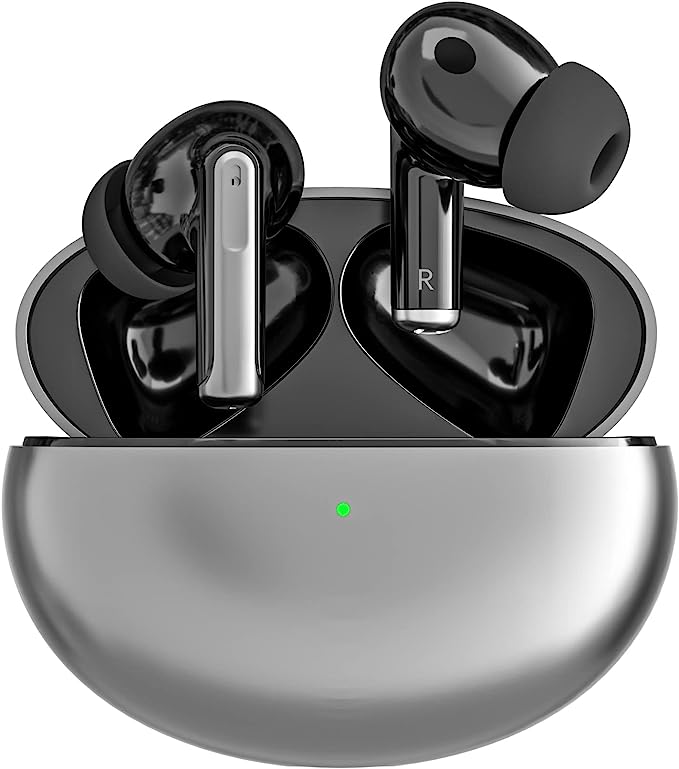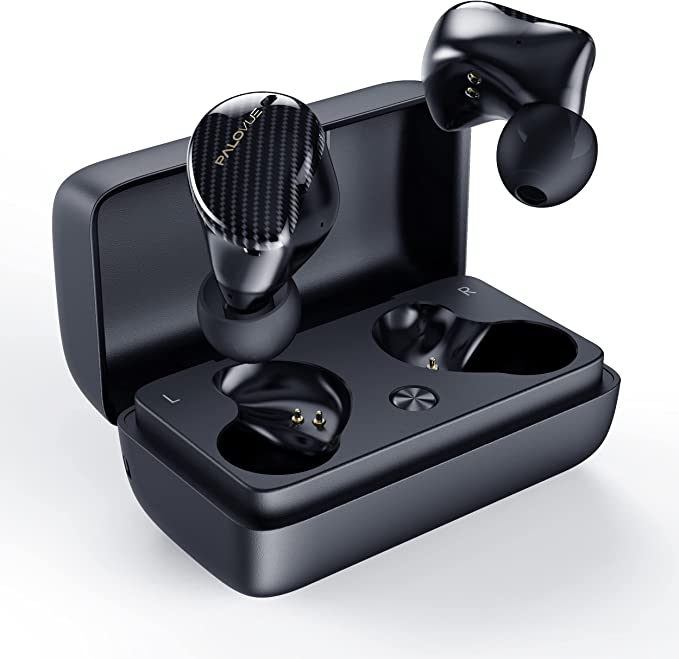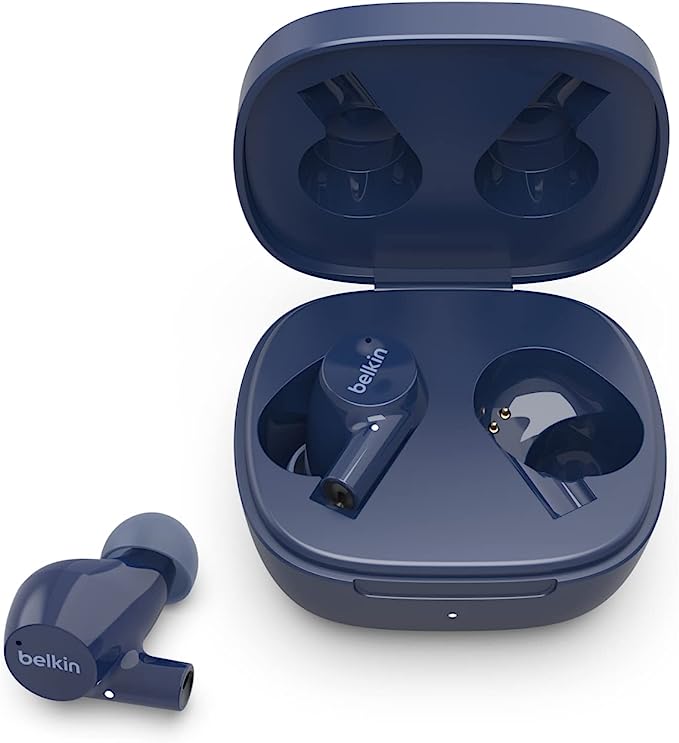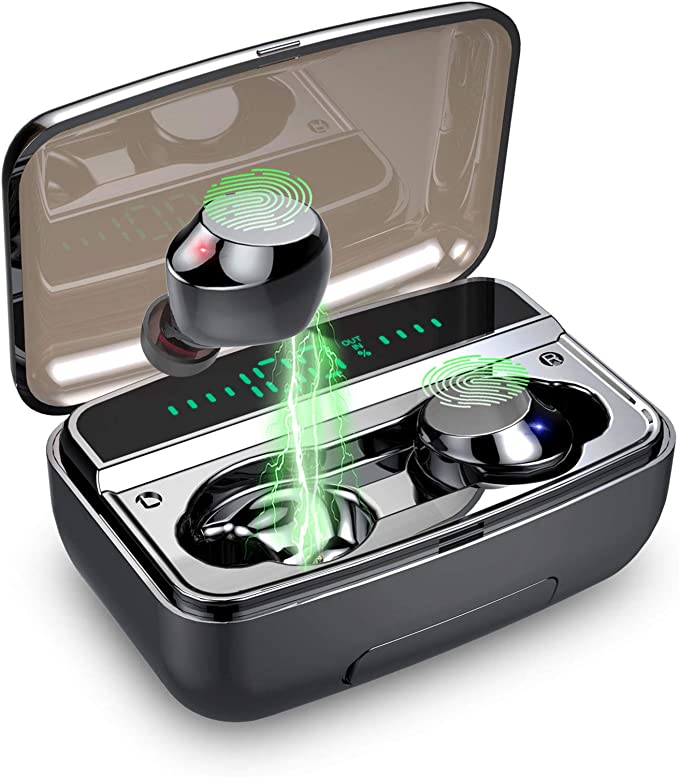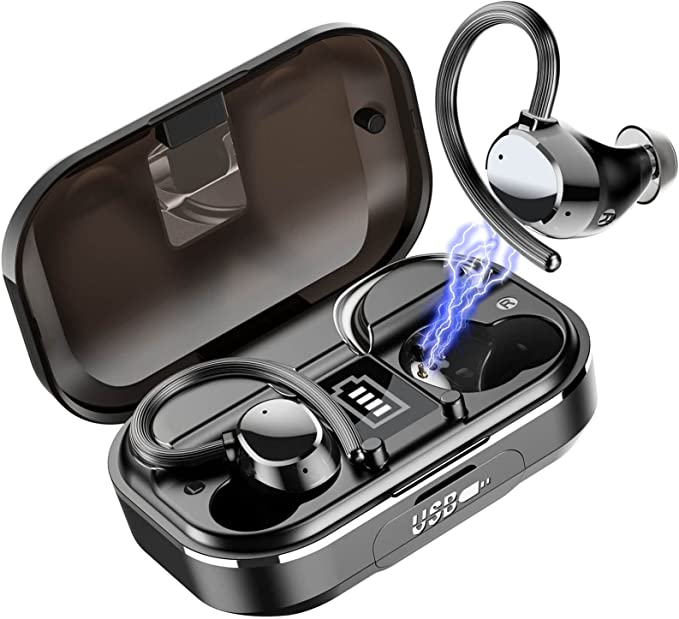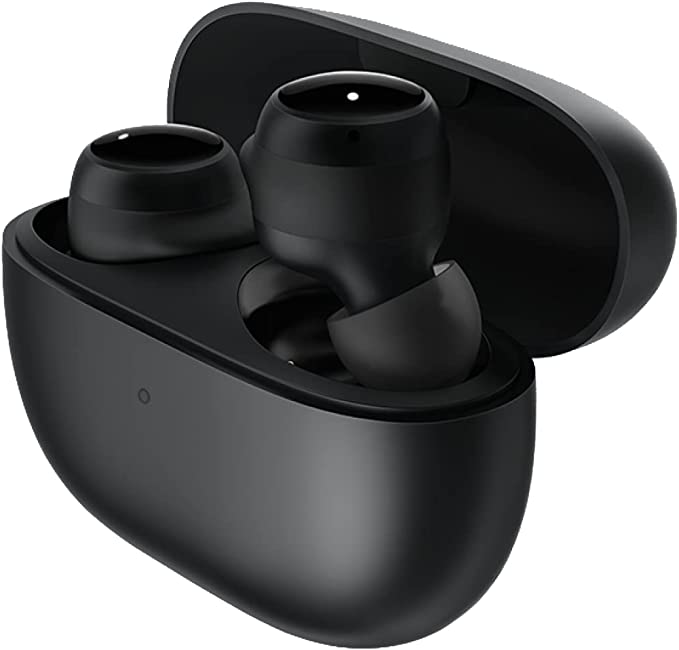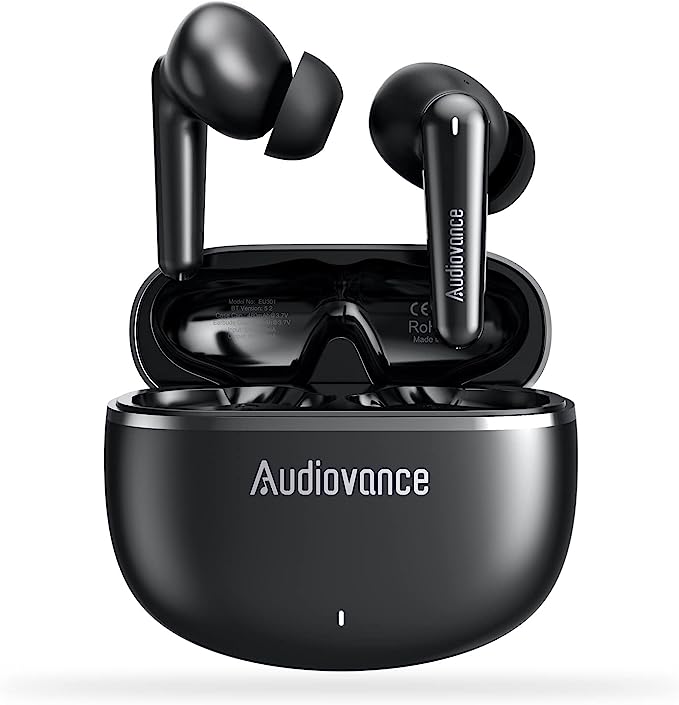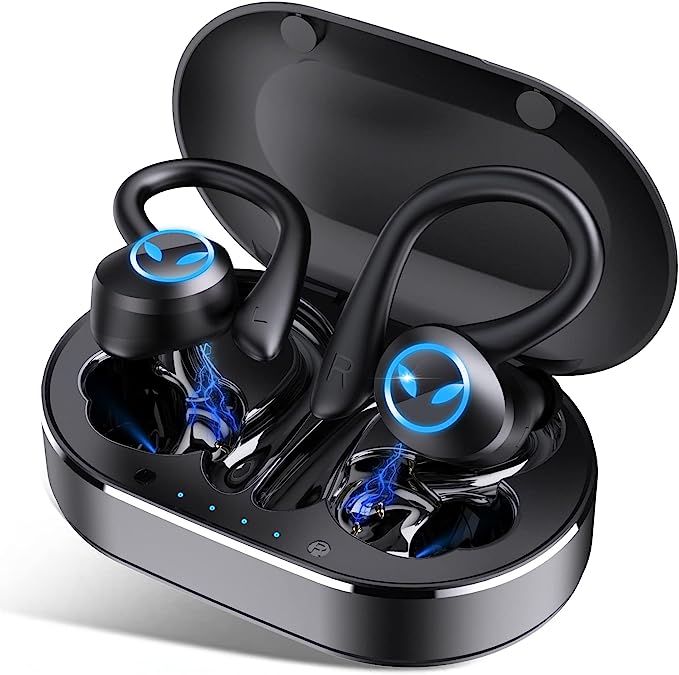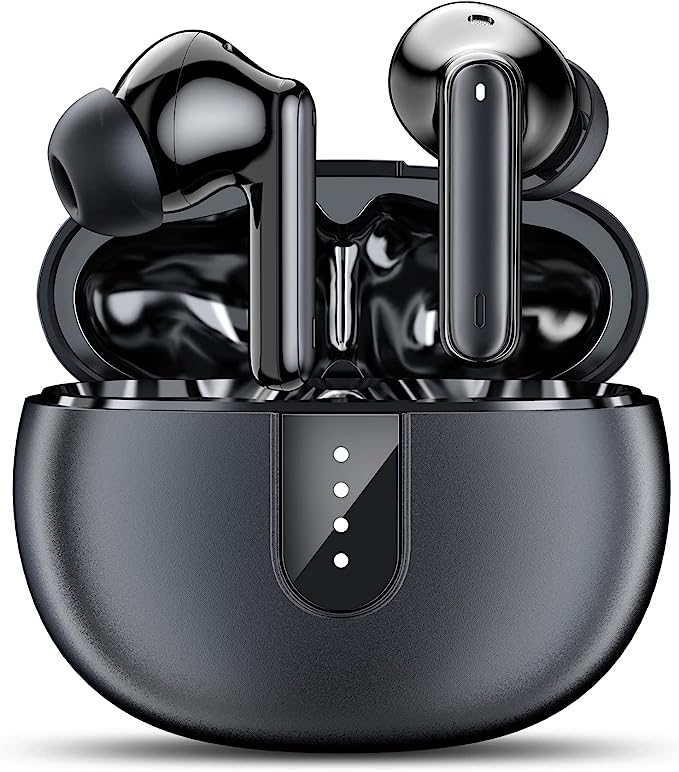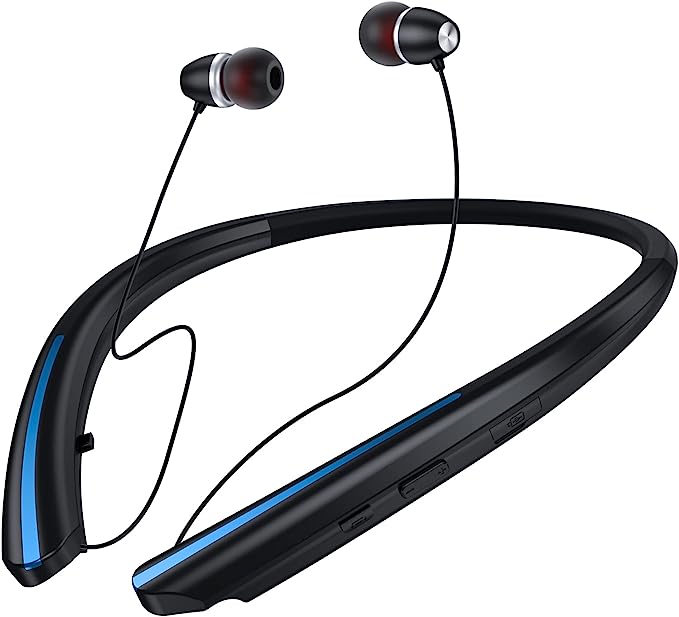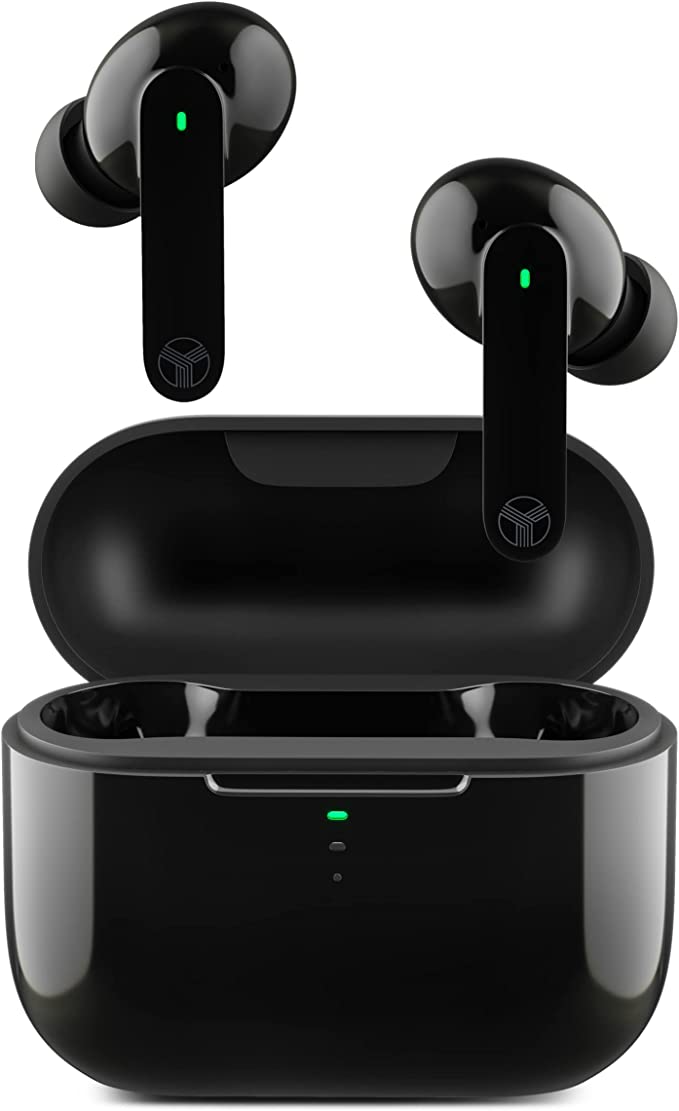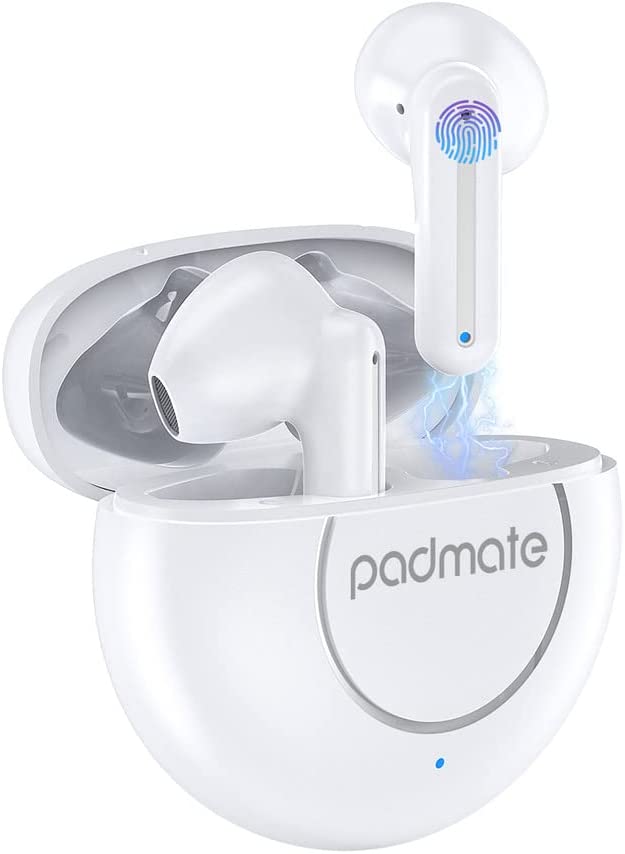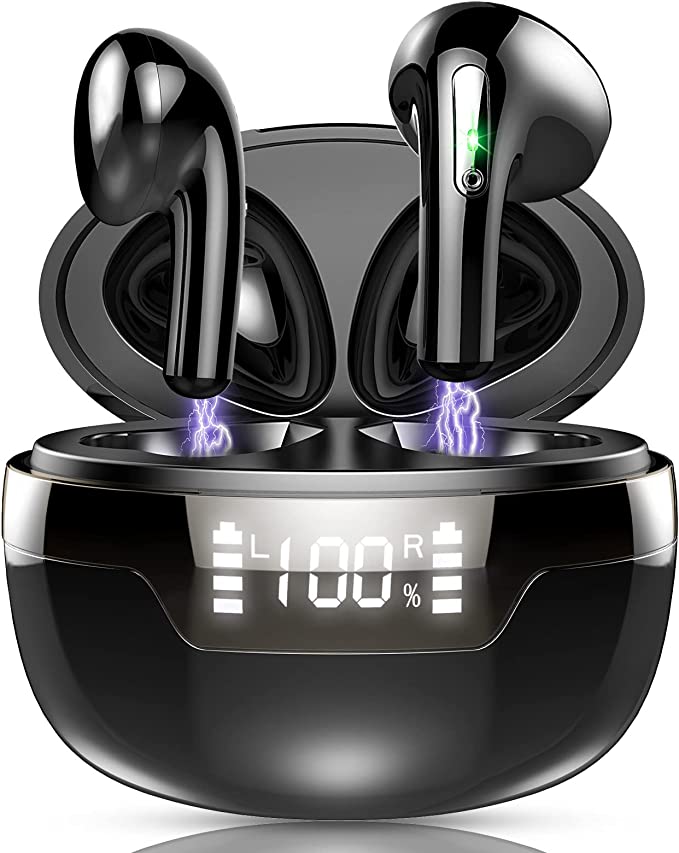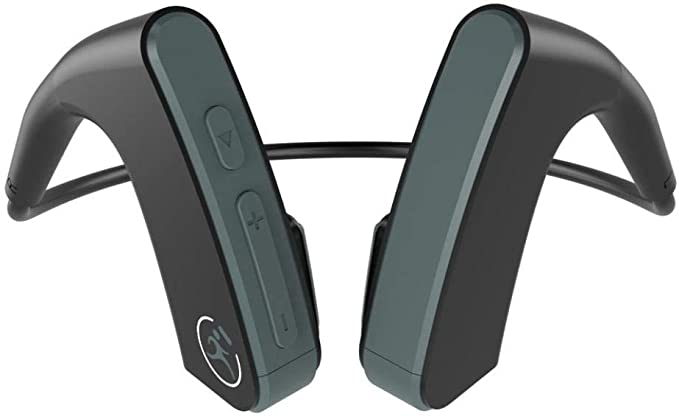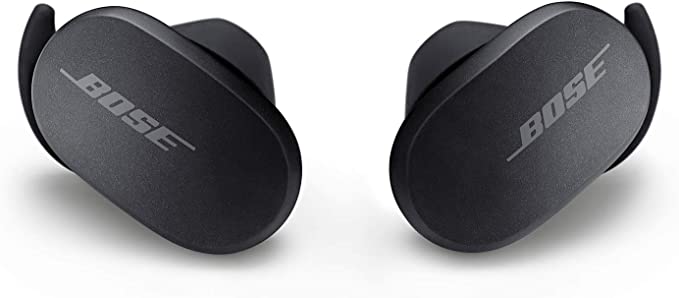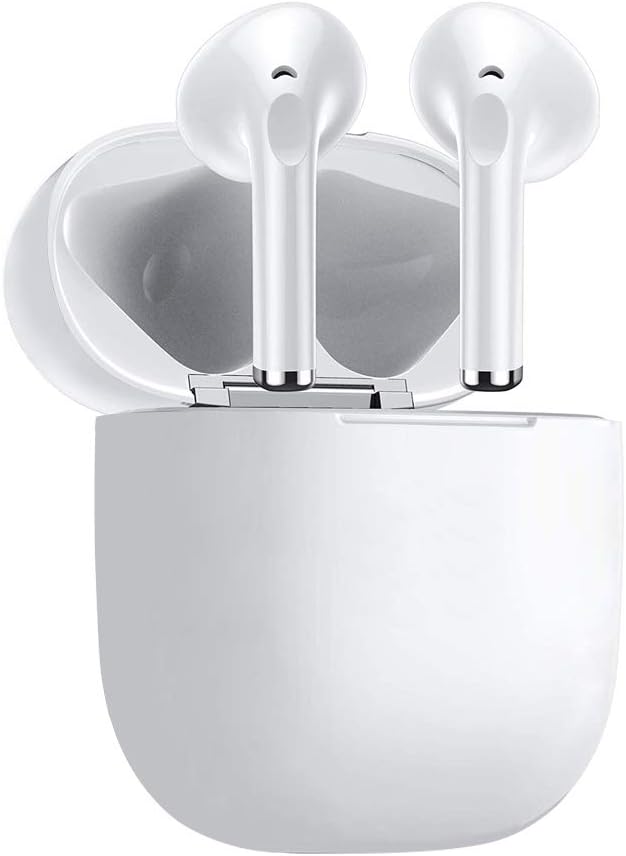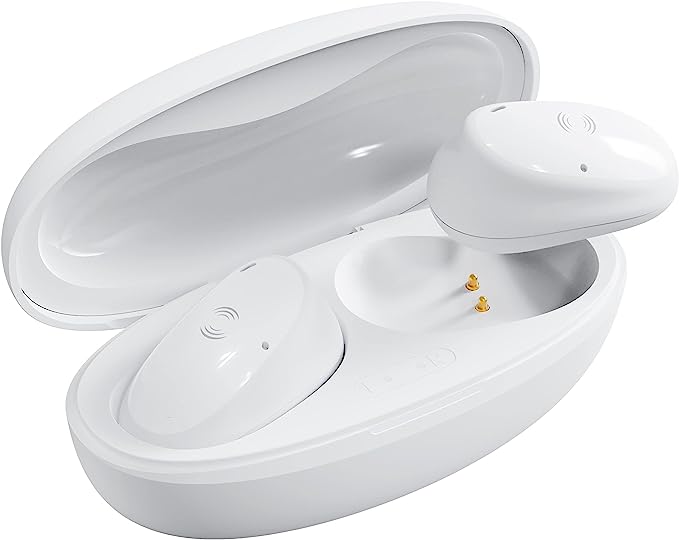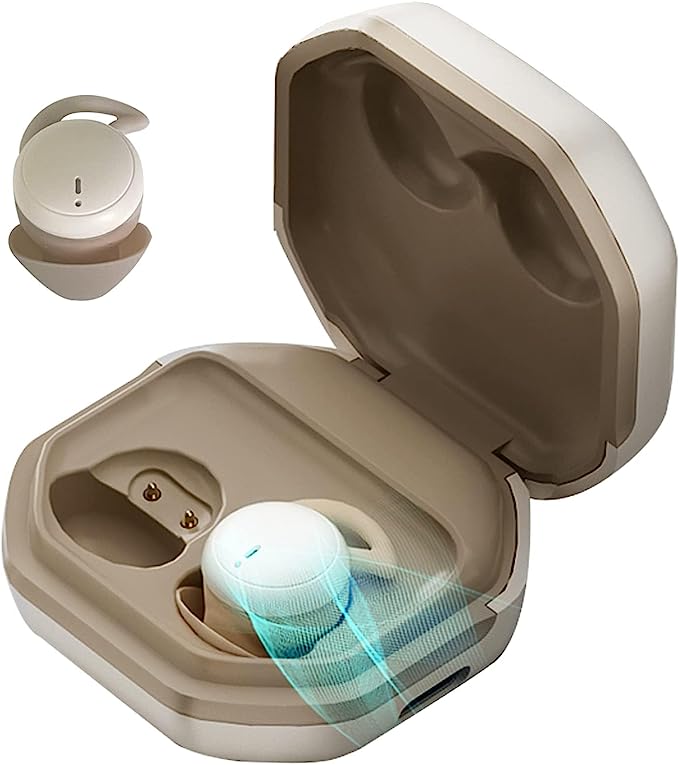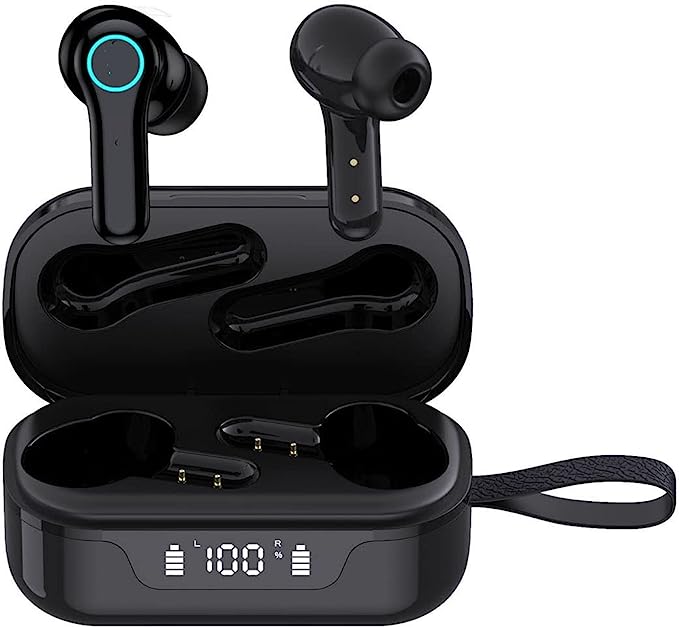Travelove Active Noise Cancelling Wireless Earbuds: Silence the World with Science
Update on Feb. 19, 2025, 7:15 a.m.
The modern world is a noisy place. From the drone of traffic on our commutes to the constant hum of appliances in our homes, we’re bombarded with unwanted sounds. It’s not just annoying; noise pollution can impact our focus, increase stress levels, and even damage our hearing over time. But what if we could harness the power of physics to create pockets of silence? That’s the promise – and the science – of Active Noise Cancellation (ANC).
A Brief History of Silence
Humans have long sought ways to control sound. Ancient amphitheaters were designed to amplify desired sounds while minimizing echoes. Thick walls and heavy curtains have been used for centuries to block unwanted noise. But the concept of actively canceling sound is relatively new. The first patent for an ANC system was granted to Paul Lueg in 1936, outlining the basic principles of using destructive interference to reduce noise. However, it wasn’t until the 1950s, with advances in electronics, that practical ANC systems began to emerge, primarily for use in aviation headsets.

Sound Under the Microscope
To understand ANC, we first need to understand sound itself. Sound is a form of energy that travels in waves, created by vibrations. These vibrations cause pressure changes in the air (or any other medium), and these pressure changes propagate outwards as sound waves. These waves have several key characteristics:
- Frequency: This refers to the number of complete wave cycles per second, measured in Hertz (Hz). Frequency determines the pitch of a sound. A low frequency corresponds to a low pitch (like a bass drum), while a high frequency corresponds to a high pitch (like a whistle). Humans can typically hear sounds between 20 Hz and 20,000 Hz.
- Amplitude: This represents the intensity or “height” of the sound wave, and it determines the loudness of the sound. A larger amplitude means a louder sound. We measure loudness in decibels (dB), a logarithmic scale.
- Wavelength: This is the distance between two successive crests (or troughs) of a wave. Wavelength is inversely proportional to frequency: higher frequencies have shorter wavelengths, and lower frequencies have longer wavelengths.

The Magic of Interference
Now, let’s consider what happens when two sound waves meet. This is where the concept of interference comes into play. If the waves are in phase (meaning their crests and troughs align), they undergo constructive interference. The amplitudes add together, resulting in a louder sound.
However, if the waves are out of phase, something remarkable happens. Specifically, if they are 180 degrees out of phase – meaning the crest of one wave aligns perfectly with the trough of the other – they undergo destructive interference. The amplitudes effectively cancel each other out, reducing or even eliminating the sound. Imagine two identical sets of ripples on a pond. If you could perfectly overlap a crest with a trough, the water would become still. This is analogous to what happens with sound waves in destructive interference.
Active Noise Cancellation: A Symphony of Science
Active Noise Cancellation leverages the principle of destructive interference to reduce unwanted noise. An ANC system typically involves the following components:
- Microphones: One or more microphones detect the ambient noise.
- Processing Circuitry: This circuitry analyzes the incoming noise signal and generates an “anti-noise” signal. This anti-noise signal is a mirror image of the original noise, 180 degrees out of phase. This often involves a mathematical process called a Fourier Transform, which breaks down the complex sound wave into its individual frequency components.
- Speakers: The anti-noise signal is then played through the speakers, alongside any desired audio (like music).
- Result: The anti-noise wave interferes destructively with the ambient noise wave, significantly reducing its amplitude and thus the perceived loudness.
Inside the Travelove Earbuds
The Travelove Active Noise Cancelling Wireless Earbuds, while remarkably affordable, incorporate these principles to deliver a quieter listening experience. Let’s see how their features relate to the science we’ve discussed.
Decoding the Microphones: More Than Meets the Ear
The Travelove earbuds boast a four-microphone system. Why four? Wouldn’t one be enough? While a single microphone can capture sound, multiple microphones provide a more complete “spatial sampling” of the noise field. This allows the processing circuitry to more accurately determine the direction and characteristics of the incoming noise, leading to more effective cancellation. Think of it like having multiple ears – it helps you better locate the source of a sound.

Bluetooth 5.3: The Unsung Hero of Stable Audio
These earbuds utilize Bluetooth 5.3 for wireless connectivity. While this might seem unrelated to noise cancellation, a stable connection is crucial for a seamless audio experience. Bluetooth 5.3 offers several advantages over earlier versions, including lower power consumption (extending battery life), faster data transfer rates (reducing latency), and, importantly, improved connection stability, minimizing audio dropouts that can be particularly jarring when using ANC. While the listed 35-foot range might seem modest compared to the theoretical maximum range of Bluetooth 5.3, real-world performance is often affected by obstacles and interference.
IPX5: Ready for Life’s Little Spills
The IPX5 rating signifies that the Travelove earbuds are resistant to water projected by a nozzle. This doesn’t mean they’re fully waterproof (you shouldn’t submerge them), but it does mean they can withstand sweat during workouts or light rain, adding to their versatility.
Beyond the Basics: Types of ANC
There are primarily three types of ANC implementations:
- Feedforward ANC: The microphone is placed on the outside of the earbud, listening to the ambient noise before it reaches the ear. This system is generally better at canceling predictable, constant noises.
- Feedback ANC: The microphone is placed inside the ear cup, close to the ear canal. This allows it to monitor the sound that the listener is actually hearing and adjust the anti-noise accordingly. Feedback systems are often better at handling a wider range of frequencies and adapting to variations in earbud fit.
- Hybrid ANC: This combines both feedforward and feedback microphones, taking advantage of the strengths of both approaches. This typically provides the most effective noise cancellation.
Given the four-microphone configuration of the Travelove earbuds, it’s likely that they employ a hybrid ANC system, although the specific implementation isn’t detailed in the provided information.

The Limits of Silence
It’s important to have realistic expectations about what ANC can and cannot do. While ANC is very effective at reducing low-frequency, consistent noises (like the hum of an airplane engine or the rumble of a train), it’s less effective at canceling high-frequency, sudden sounds (like a sharp clap or a person speaking nearby). This is because high-frequency sounds have shorter wavelengths, making it more difficult for the processing circuitry to generate the anti-noise signal quickly enough.

The Future is Quiet
Active Noise Cancellation technology is constantly evolving. Future advancements are likely to include:
- More Sophisticated Algorithms: AI and machine learning could be used to create even more accurate and adaptive ANC systems.
- Personalized ANC: Systems that tailor the noise cancellation to the individual user’s ear shape and hearing profile.
- Wider Frequency Range: Improved technology could allow ANC to effectively cancel a broader range of frequencies, including higher-pitched sounds.
- Lower Power Consumption: Extending battery life even further.
- Integration with Other Technologies: Combining ANC with features like voice assistants and augmented reality.
The Travelove Active Noise Cancelling Wireless Earbuds represent a significant step towards making effective noise cancellation accessible to a wider audience. By understanding the underlying science, we can appreciate the ingenuity of this technology and its potential to create a more peaceful and focused world.
